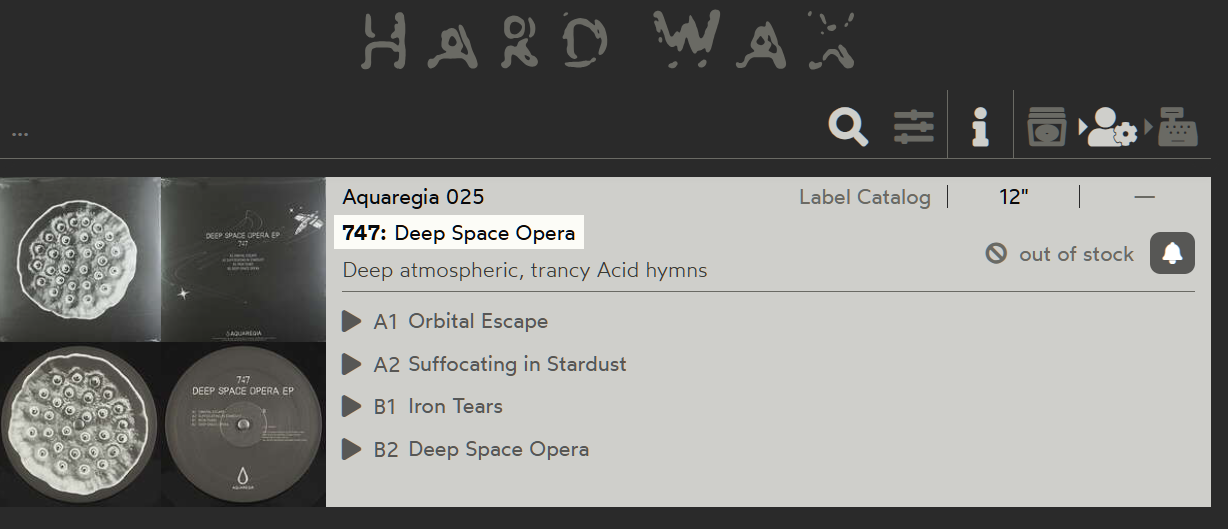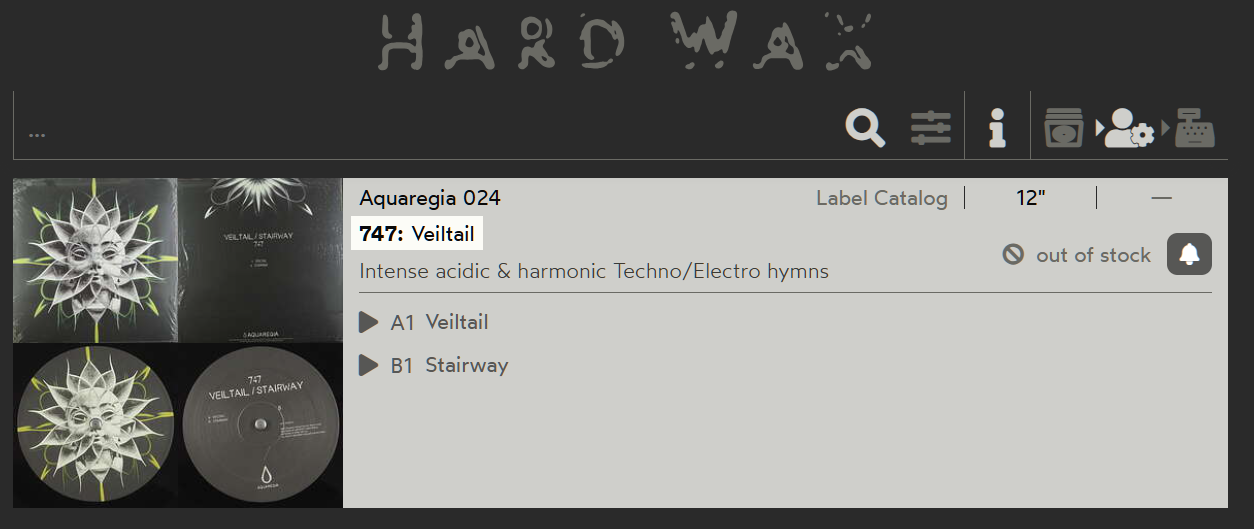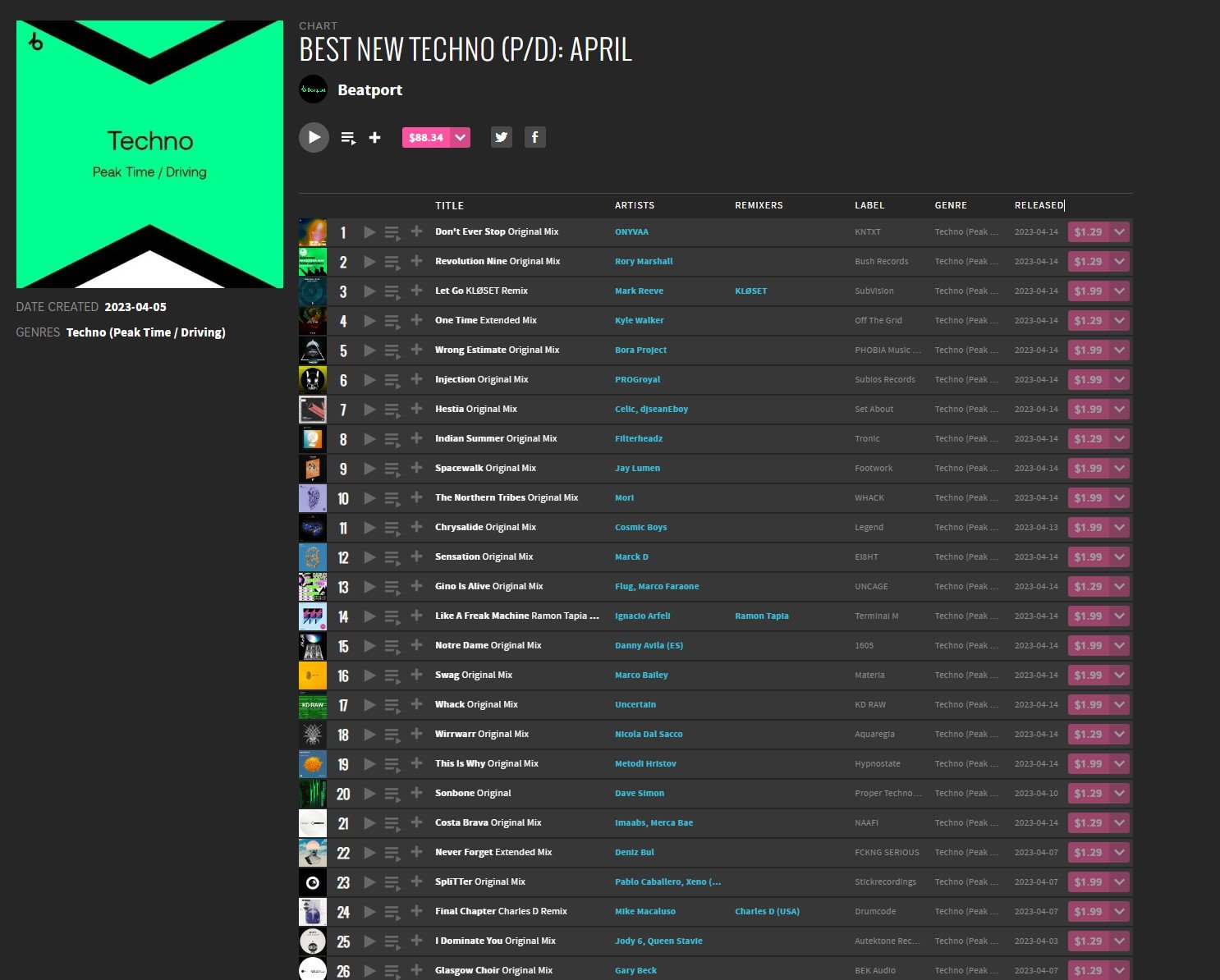Read the full interview on 15questions
Name: Ryan Chan aka 747
Occupation: Producer
Nationality: Canadian
Current Release: 747 new full-length album Pacific Spirit, an audiovisual concept work, is out July 25th 2025 via Aquaregia.
If you enjoyed this 747 interview and would like to stay up to date with his work, visit him on Instagram, Soundcloud, and Facebook.
For a deeper dive, read our interview with 747 about his production process.
Tell me about the concept behind your upcoming album Pacific Spirit.
Part of the reason why I’m so excited about Pacific Spirit is that it fuses two of my biggest passions of music and visual art. The project challenges the notion that album art has to be a static image and instead proposes that album art can be an algorithm.
The Pacific Spirit vinyl is a limited run of 300 where each cover art will feature a unique piece of art created by an algorithm written by Emily Nicoll and I. Using deterministic random variables, our algorithm is capable of creating an infinite number of unique yet cohesive outputs.
Not to be confused with AI art, Pacific Spirit’s art is created with code, written by humans, in this case the p5 library of Javascript, and has a much more constrained range of potential outputs.
So there is a difference between the terms “AI” and “generative,” when it comes to production and creativity in general?
I think there is a massive difference between the terms AI and generative when it comes to music tools.
Generative is a much broader term and could include things like a randomizer on a step sequencer or really any tool that uses randomness in some capacity. AI is a much more specific application which uses large language models to complete complex tasks such as building custom tools or to even create music from scratch.
I think AI generated music is fairly uninteresting to listen to, but it’s fascinating to track the progress of the most advanced consumer products out there like Suno. I’m also interested in using AI in a coding capacity to, say, build a custom VST plugin that fits my workflow better than what’s available out there.
I haven’t gone down that rabbit hole as I haven’t felt compelled to do it yet, but I anticipate that being something that may put a lot of plugin companies out of business in the near future.
How would you describe the creative appeal of the generative approach you used for the artwork to Pacific Spirit?
Conceptually speaking, creating visual outputs with code is an artform that dates back to the first computers with artists such as Vera Molnar making code-based generative art in the 1960s.
However in the last few years, code-based art took a step forward with the introduction of long-form generative series. Instead of writing an algorithm that could produce a range of works that the artist would curate their favourites from, the algorithm would be run a set number of times without artist curation. This meant that the algorithm needed to be dialed in such that each and every output was satisfactory, while also giving the algorithm freedom to produce unexpected and interesting outputs.
This changed the way artists coded their algorithms, and has presented an interesting format where the algorithm can be viewed as the art itself rather than the individual outputs. It was this revelation in the generative art field that inspired us to bring this concept to our music practice.
How did putting this concept into practise work?
With Pacific Spirit, we have partnered with Art Blocks to launch the series.
They are the mainstay in the blossoming generative art world, and with their technology each output is provably random and permanently available to view anywhere.
These are all important aspects not only to the generative art discipline, but also as a feature to enhance collectibility for the vinyl record.
In which way?
The art concept aside, we wanted people to enjoy the experience of having Pacific Spirit in their collection. When someone buys Pacific Spirit online, they will receive a record with a different cover than what was shown online, and in store, each copy in the bin will differ. They may be confused initially.
Further investigation will lead them to the Art Blocks platform where they’ll realize their record cover is unique within the collection of 300. They’ll also see that there are traits that govern various aesthetic features of the art. Their cover may be one of only ten outputs in the entire collection with acid smileys. Their cover may be very common and have 150 other outputs with the same colour palette.
Either way they will own a fragment of a collection that is greater than the sum of its parts. We hope that collectors will feel personally connected with album art that is uniquely their own, and we hope that it strikes an emotional chord whenever they see it in their collection.
Or they might be put off by the concept.
We did also anticipate this and initially, yes, the might be. Technology is scary, especially for vinyl collectors.
But I remain fascinated with the concept of code as a paintbrush for digital artists and the potential creative unlocks it can bring to formerly mundane creative practices and products.




